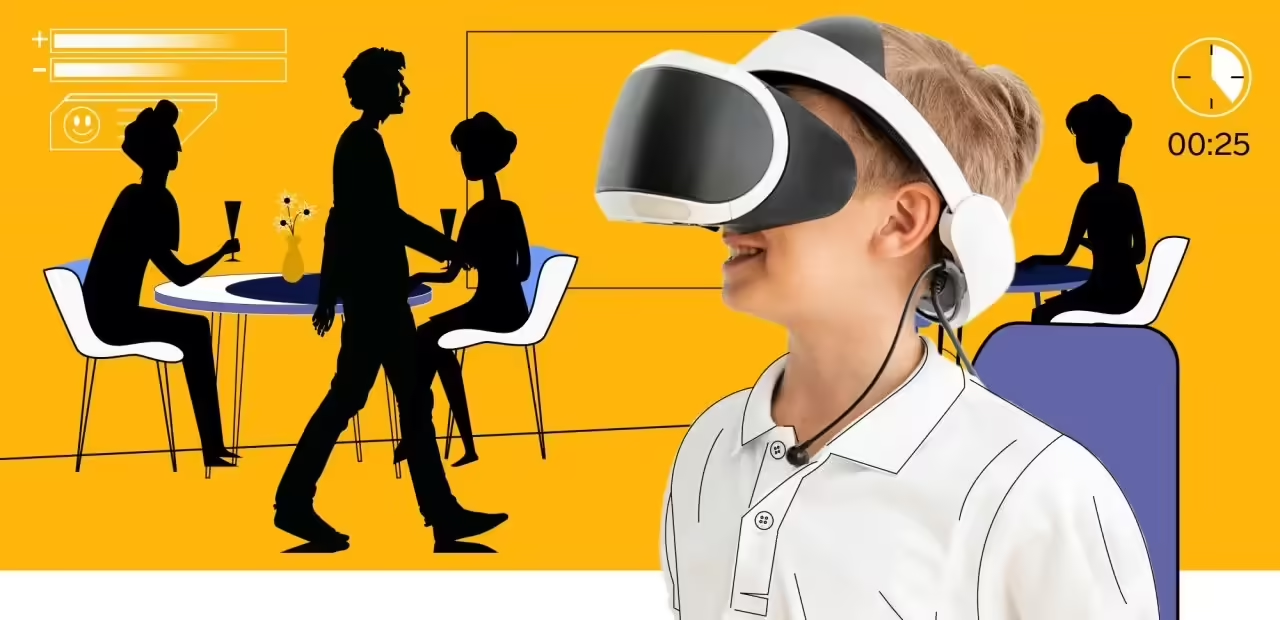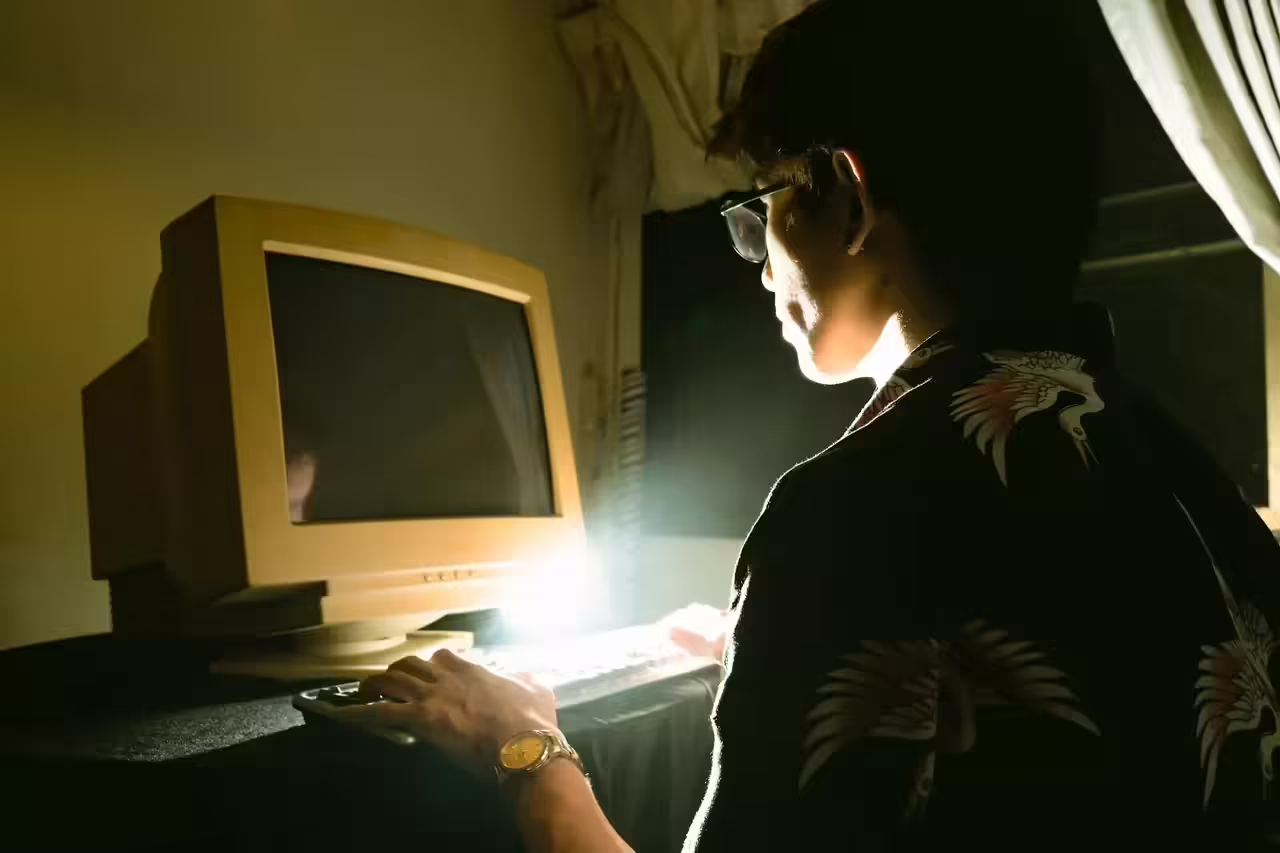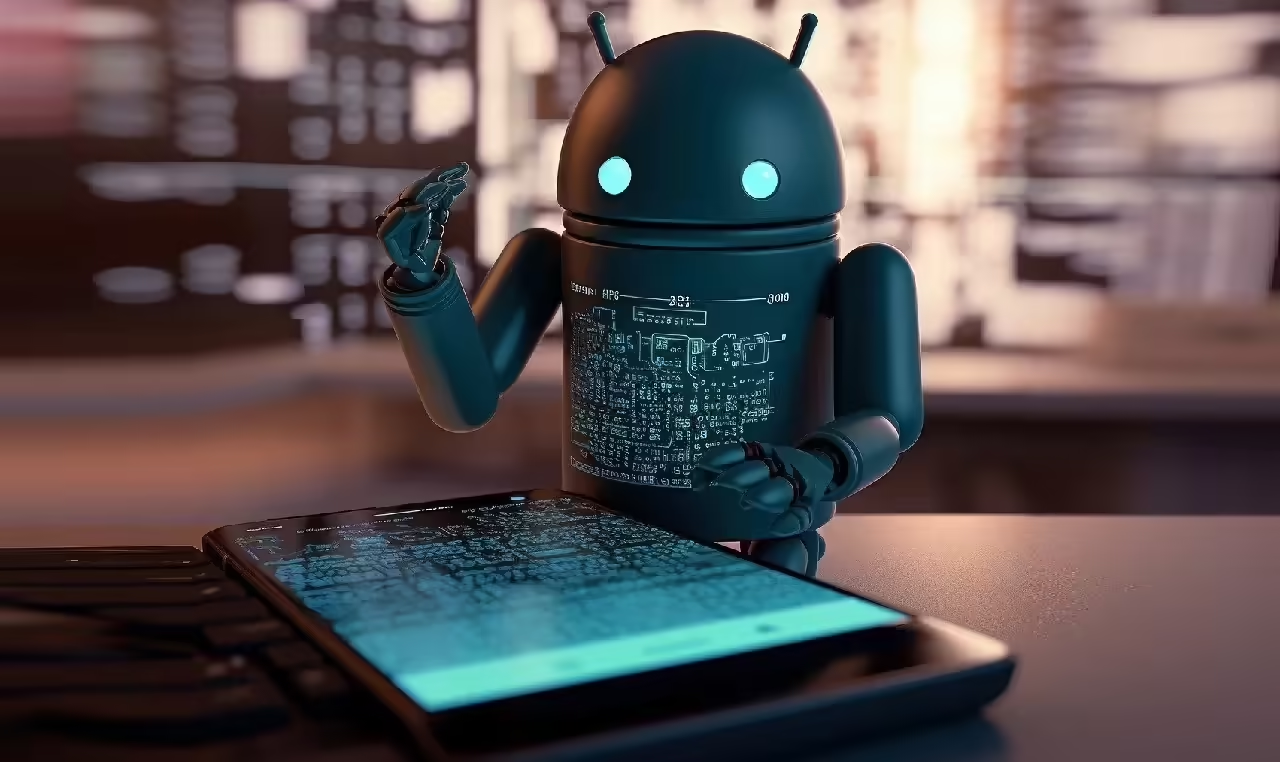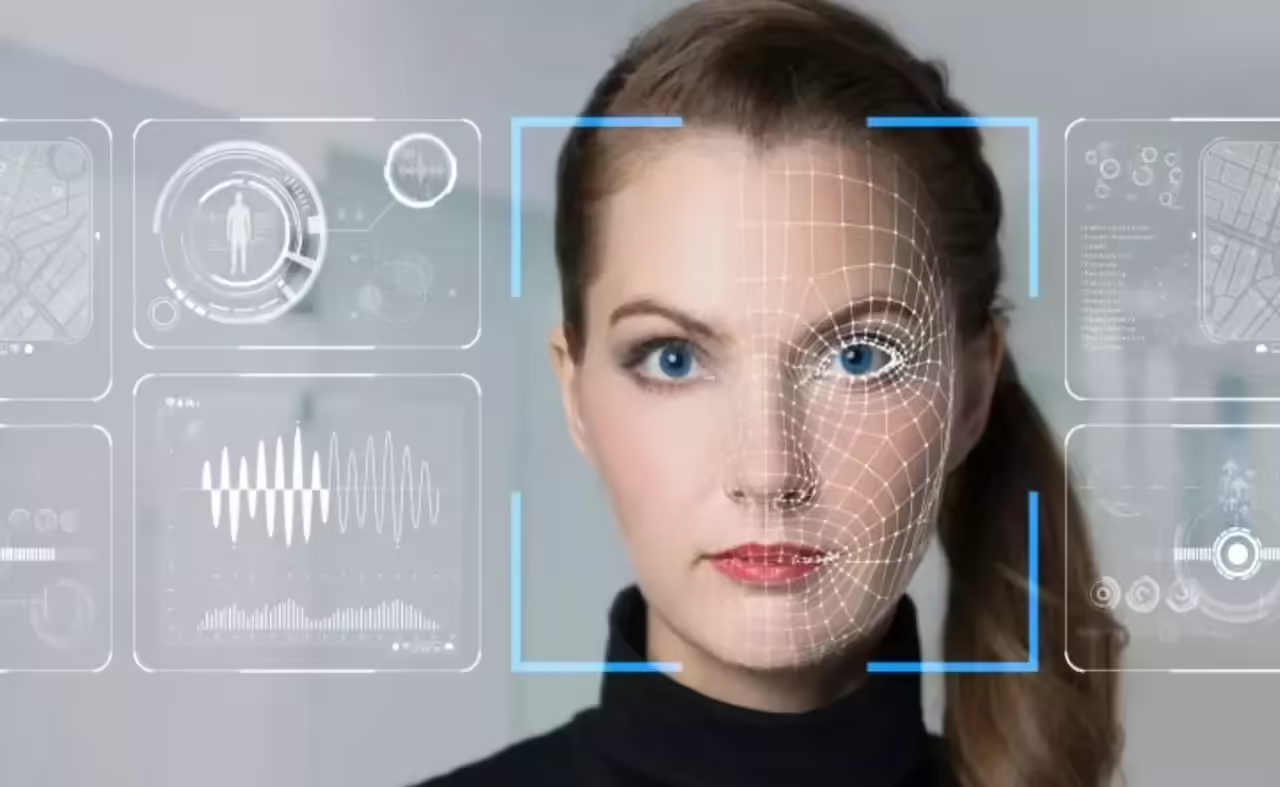
A much-needed tool today
But it was thanks to the emergence of home computers, that a variety of keyboards appeared massively.
In 1987 the modern keyboard appeared on the market, consisting of four different blocks:
The alphanumeric block has a specific order, such as that on each side of the “space” key are located two keys with access to additional symbols. Above, there is a row of function keys, which in total are twelve.
On the right side, there is a numeric keypad only and in the middle of both are the edit and cursor keys. Although we are only talking about modern conventional keyboards, because there are diversity according to specialized brands.
In that special block in the center, the keys of “ImprPant”, “start”, “end”, “insert”, “Scroll Lock”, “delete” and the corresponding arrows of the four directions were located.
When Windows 95 was released, Microsoft that also produced computers, modified one of its keyboards called the “Microsoft Natural Keyboard”, adding three new keys. Similarly, they attach a multimedia keyboard within the same keyboard, with which you can calibrate the volume of the pc, calculator, playback controls, among others.
As there are many languages, there are also several types of keyboard according to this pattern. For example, the QWERTY is the standard keyboard for Westerners who speak English or Spanish.But unlike English keyboards, QWERTY for Latinos has the letter “A”. One of the most marketed has been the “Dvorak Simplified Keyboard”.
The order of the keys
The way the keys were sorted comes from old typewriters. The mechanism of those machines was that when a key was pressed, a kind of small hammer marked the paper, using an ink ribbon.
But the problem was that when pressed too fast, the hammers would lock and force the speed to slow down, which was perfected with electric keyboards.
AZERTY and QERTZ were the two primary brands that manufactured keyboards in different order according to languages. You can see other relevant factors that were added to these keyboards such as the accent characters: the tilde (, the umlaut ( s), the circumflex (‘), the circumflex (‘), and also the bass tilde (‘).
Keyboards with USB connector and the most modern
Apple Imac was the one that revolutionized the USB keyboard industry as soon as it began its boom, since those of this brand included both mouse and keyboard with USB connectors.This brings the advantage of making them hardware-independent of the computers to which they connect.
The most modern keyboards that are mass-marketed are projection keyboards. These are similar in size to standard keyboards, but use a laser system and are connected via bluetooth, Wi-Fi or USB.







